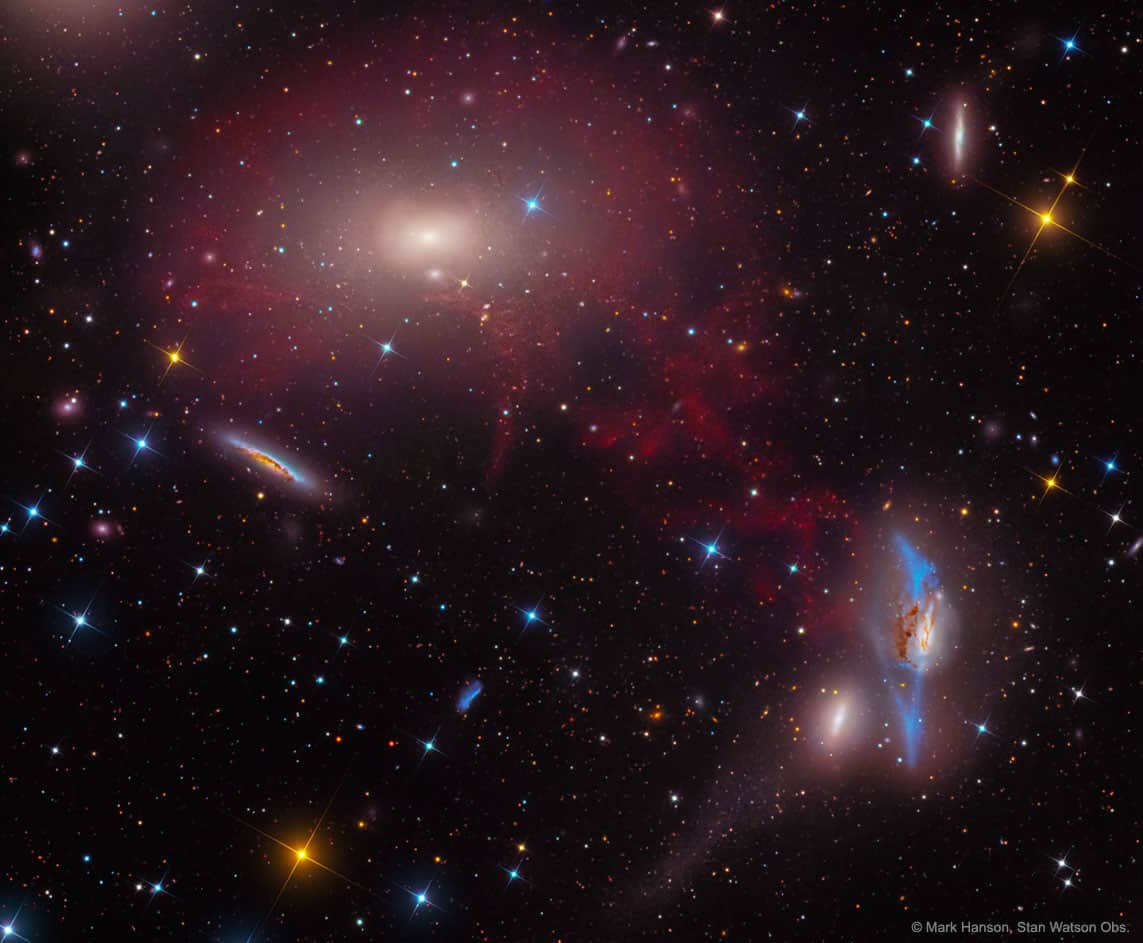Blog
William John Evans (August 16, 1929 – September 15, 1980) was an American jazz pianist and composer who mostly worked in a trio setting.Evans’ use of impressionist harmony, inventive interpretation of traditional jazz repertoire, block chords, and trademark rhythmically independent, “singing” melodic lines continue to influence jazz pianists today.
Born in Plainfield, New Jersey, in 1929, he was classically trained, and studied at Southeastern Louisiana University and the Mannes School of Music, where he majored in composition and received the Artist Diploma. In 1955, he moved to New York City, where he worked with bandleader and theorist George Russell. In 1958, Evans joined Miles Davis‘s sextet, where he was to have a profound influence. In 1959, the band, then immersed in modal jazz, recorded Kind of Blue, the best-selling jazz album of all time.[3] During that time, Evans was also playing with Chet Baker for the album Chet.
In late 1959, Evans left the Miles Davis band and began his career as a leader, with bassist Scott LaFaro and drummer Paul Motian, a group now regarded as a seminal modern jazz trio. In 1961, ten days after recording the highly acclaimed Sunday at the Village Vanguard and Waltz for Debbyalbums, LaFaro died in a car accident. After months of seclusion, Evans re-emerged with a new trio, featuring bassist Chuck Israels.
In 1963, Evans recorded Conversations with Myself, an innovative solo album using the unconventional (in jazz solo recordings) technique of overdubbing over himself. In 1966, he met bassist Eddie Gómez, with whom he would work for eleven years. Many successful albums followed, in trio, duo, and solo settings, such as Bill Evans at the Montreux Jazz Festival, Alone, and The Bill Evans Album, among others.
Many of Evans’s compositions, such as “Waltz for Debby“, have become standards and have been played and recorded by many artists. Evans was honored with 31 Grammy nominations and seven awards and was inducted into the Down Beat Jazz Hall of Fame.
Evans grew up in North Plainfield, New Jersey, the son of Harry and Mary Evans (née Soroka). His father was of Welsh descent and ran a golf course; his mother was of Carpatho-Rusyn ancestry and descended from a family of coal miners. The marriage was stormy owing to his father’s heavy drinking, gambling, and abuse. He had a brother, Harry (Harold), two years his senior, with whom he shared a very close relationship.
more...
Malcolm Earl “Mal” Waldron (August 16, 1925 – December 2, 2002) was an American jazz pianist, composer, and arranger. He started playing professionally in New York in 1950, after graduating from university. In the following dozen years or so Waldron led his own bands and played for those led by Charles Mingus, Jackie McLean, John Coltrane, and Eric Dolphy, among others. During Waldron’s period as house pianist for Prestige Records in the late 1950s, he appeared on dozens of albums and composed for many of them, including writing his most famous song, “Soul Eyes“, for Coltrane. Waldron was often an accompanist for vocalists, and was Billie Holiday‘s regular accompanist from April 1957 until her death in July 1959.
A breakdown caused by a drug overdose in 1963 left Waldron unable to play or remember any music; he regained his skills gradually, while redeveloping his speed of thought. He left the U.S. permanently in the mid-1960s, settled in Europe, and continued touring internationally until his death.
In his 50-year career, Waldron recorded more than 100 albums under his own name and more than 70 for other band leaders. He also wrote for modern ballet, and composed the scores of several feature films. As a pianist, Waldron’s roots lay chiefly in the hard bop and post-bop genres of the New York club scene of the 1950s, but with time he gravitated more towards free jazz. He is known for his dissonant chord voicings and distinctive later playing style, which featured repetition of notes and motifs.
Mal Waldron was born in New York City on August 16, 1925, to West Indian immigrants. His father was a mechanical engineer who worked on the Long Island Rail Road. The family moved to Jamaica, Queens when Mal was four years old.
more...
Carl Lee Perkins (April 9, 1932 – January 19, 1998) was an American singer-songwriter who recorded most notably at the Sun Studio, in Memphis, beginning in 1954. His best-known song is “Blue Suede Shoes“.
According to Charlie Daniels, “Carl Perkins’ songs personified the rockabilly era, and Carl Perkins’ sound personifies the rockabilly sound more so than anybody involved in it, because he never changed.” Perkins’s songs were recorded by artists (and friends) as influential as Elvis Presley, the Beatles, Jimi Hendrix, and Johnny Cash, which further established his place in the history of popular music. Paul McCartney claimed that “if there were no Carl Perkins, there would be no Beatles.”
Called “the King of Rockabilly”, he was inducted into the Rock and Roll Hall of Fame, the Rockabilly Hall of Fame, the Memphis Music Hall of Fame, and the Nashville Songwriters Hall of Fame. He also received a Grammy Hall of Fame Award.
Perkins was born near Tiptonville, Tennessee, the son of poor sharecroppers, Buck and Louise Perkins (misspelled on his birth certificate as “Perkings”). He grew up hearing southern gospelmusic sung by white friends in church and by African-American field workers when he worked in the cotton fields.[5] Beginning at the age of six, during spring and autumn, school days would be followed by a few hours of work in the fields. In the summer, workdays were 12 to 14 hours, “from can to can’t.”
more...Joseph Armand “Joe” Castro (August 15, 1927 – December 13, 2009) was an American bebop jazz pianist, based primarily on the West Coast of the United States.
Castro was born in Miami, Arizona on August 15, 1927 to John L. Castro and Lucy Sanchez. Castro went to school in Pittsburg, California in the San Francisco Bay area, north of Oakland, where he began playing professionally at the age of 15. His enrollment at San Jose State University was interrupted twice—first by a stint in the army from 1946 to 1947 and then when he formed his first jazz trio working on both the West Coast and in Hawaii. In 1956 Castro moved to New York City, where his trio successfully appeared in the city’s top jazz clubs—Basin Street, The Embers, The Hickory House and Birdland. He was critically lauded by the likes of Leonard Feather who described his style as “assertively swinging,” and Dave Brubeck, who had known Castro since the early 1950s, as “an extremely talented individual, a fine musician, an excellent pianist and a tasteful performer.” In 1958, he moved to Los Angeles to be associated almost exclusively with Teddy Edwards, Billy Higgins and Leroy Vinnegar. “The group has been very important to me,” Castro says. “I had been working so long with piano trios, I had to learn how to play less and say more. Actually I have more freedom in this group without having to carry the load.” Castro recorded and performed extensively with The Teddy Edwards Quartet while also making two of his own recordings as a leader for Atlantic Records.
more...Oscar Emmanuel Peterson, CC, CQ, OOnt (August 15, 1925 – December 23, 2007) was a Canadian jazz pianist and composer. He was called the “Maharaja of the keyboard” by Duke Ellington, but simply “O.P.” by his friends. He released over 200 recordings, won eight Grammy Awards, and received numerous other awards and honours. He is considered one of the greatest jazz pianists, and played thousands of concerts worldwide in a career lasting more than 60 years.
Peterson was born to immigrants from the West Indies; his father worked as a porter for Canadian Pacific Railway. Peterson grew up in the neighborhood of Little Burgundy in Montreal, Quebec.
In 1950 Peterson worked in a duo with double bassist Ray Brown. Two years later they added guitarist Barney Kessel. Then Herb Ellis stepped in after Kessel grew wearing of touring. The trio remained together from 1953 to 1958, often touring with Jazz at the Philharmonic. Peterson also worked in a duo with Sam Jones, Niels-Henning Ørsted Pedersen, Joe Pass, Irving Ashby, Count Basie, and Herbie Hancock.
more...The group Aljibe, based in Guadalajara
more...Is there a bridge of gas connecting these two great galaxies? Quite possibly, but it is hard to be sure. M86 on the upper left is a giant elliptical galaxy near the center of the nearby Virgo Cluster of galaxies. Our Milky Way Galaxy is falling toward the Virgo Cluster, located about 50 million light years away. To the lower right of M86 is unusual spiral galaxy NGC 4438, which, together with angular neighbor NGC 4435, are known as the Eyes Galaxies (also Arp 120). Featured here is one of the deeper images yet taken of the region, indicating that red-glowing gas surrounds M86 and seemingly connects it to NGC 4438. The image spans about the size of the full moon. It is also known, however, that cirrus gas in our own Galaxy is superposed in front of the Virgo cluster, and observations of the low speed of this gas seem more consistent with this Milky Way origin hypothesis. A definitive answer may come from future research, which may also resolve how the extended blue arms of NGC 4435 were created.
more...David Van Cortlandt Crosby (born August 14, 1941) is an American singer-songwriter and guitarist. In addition to his solo career, he was a founding member of both the Byrds and Crosby, Stills & Nash.
Crosby joined The Byrds in 1964. The band notably gave Bob Dylan his first number one hit in April 1965 with “Mr. Tambourine Man.” Crosby ultimately appeared on the band’s first five albums, and produced the original lineup’s 1973 reunion album. In 1967 he joined Stephen Stills of Buffalo Springfield on stage at the Monterey Pop Festival, which contributed to his dismissal from the Byrds. He subsequently formed Crosby, Stills & Nash in 1968 with Stills and Graham Nash of The Hollies. After the release of their debut album CSN won the Grammy Award for Best New Artist of 1969. Neil Young joined the group for live appearances, their second concert being Woodstock, before recording their second album Déjà Vu. Meant to be a group that could collaborate freely, Crosby and Nash recorded 3 gold albums in the 1970s, while the core trio of CSN remained active from 1976 until 2016. CSNY reunions took place in each decade from the 1970s through the 2000s.
Songs Crosby wrote or co-wrote include “Lady Friend,” “Why,” and “Eight Miles High” with the Byrds and “Guinnevere,” “Wooden Ships,” “Shadow Captain,” and “In My Dreams” with Crosby, Stills & Nash. He wrote “Almost Cut My Hair” and the title track “Déjà Vu” for Crosby, Stills, Nash & Young‘s 1970 album. He is known for his use of alternate guitar tunings and jazz influences. He has released six solo albums, five of which have charted. Additionally he formed a jazz influenced trio with his son James Raymond in CPR. Crosby’s work with The Byrds and CSN(Y) has sold over 35 million albums.
https://www.youtube.com/watch?v=6usoXUL2ncw
more...Frank “Son” Seals (August 13, 1942 – December 20, 2004) was an American electric blues guitarist and singer.
Seals was born in Osceola, Arkansas, where his father, Jim “Son” Seals, owned a small juke joint. He began performing professionally by the age of 13, first as a drummer with Robert Nighthawk and later as a guitarist. At age 16, he began to play at the T-99, a local upper-echelon club, with his brother-in-law Walter “Little Walter” Jefferson. He played there with prominent blues musicians, including Albert King, Rufus Thomas, Bobby Bland, Junior Parker, and Rosco Gordon. Their varying styles contributed to the development of Seals’s own playing techniques. While playing at the T-99, he was also introduced to country–western music by Jimmy Grubbs, who occasionally asked Seals to play the drums or guitar with his group. At the age of 19, Seals formed his own band, Son Seals and the Upsetters, to fill in at the Rebel Club, in Osceola. The band members were Johnny Moore (“Old Man Horse”) on piano; Alvin Goodberry on drums, guitar, bass, or piano; Little Bob Robinson on vocals; and Walter Lee “Skinny Dynamo” Harris on piano. Shortly thereafter, a man from Little Rock, Arkansas, came to find “Little Walter” for a gig at his club, but when Walter turned it down the offer went to Seals.
more...Hezekiah Leroy Gordon Smith (August 14, 1909 – September 25, 1967), better known as Stuff Smith, was an American jazz violinist. He is well known for the song “If You’re a Viper” (the original title was “You’se a Viper”).
Smith was, along with Stéphane Grappelli, Michel Warlop, Svend Asmussen and Joe Venuti, one of jazz music’s preeminent violinists of the swing era. He was born in Portsmouth, Ohio, in 1909 and studied violin with his father. Smith cited Louis Armstrong as his primary influence and inspiration to play jazz, and like Armstrong, was a vocalist as well as instrumentalist. In the 1920s, he played in Texas as a member of Alphonse Trent‘s band. After moving to New York City he performed regularly with his sextet at the Onyx Club starting in 1935 and also with Coleman Hawkins, Charlie Parker, Dizzy Gillespie, and later, Sun Ra.
https://www.youtube.com/watch?v=AouyO2aID70
more...The 2018 lineup: Michalis Cholevas on yayli tanbur, tarhu, ney; Michalis Kouloumis on violin; Giannis Koutis on oud, guitar, voice; and Ruven Ruppik on riq, darbuka, frame drums, marimba.
more...This shock wave plows through interstellar space at over 500,000 kilometers per hour. Near the top and moving up in this sharply detailed color composite, thin, bright, braided filaments are actually long ripples in a cosmic sheet of glowing gas seen almost edge-on. Cataloged as NGC 2736, its elongated appearance suggests its popular name, the Pencil Nebula. The Pencil Nebula is about 5 light-years long and 800 light-years away, but represents only a small part of the Vela supernova remnant. The Vela remnant itself is around 100 light-years in diameter, the expanding debris cloud of a star that was seen to explode about 11,000 years ago. Initially, the shock wave was moving at millions of kilometers per hour but has slowed considerably, sweeping up surrounding interstellar material. In the featured narrow-band, wide field image, red and blue colors track the characteristic glow of ionized hydrogen and oxygen atoms, respectively.
more...Mulgrew Miller (August 13, 1955 – May 29, 2013) was an American jazz pianist, composer, and educator. As a child he played in churches and was influenced on piano by Ramsey Lewis and then Oscar Peterson. Aspects of their styles remained in his playing, but he added the greater harmonic freedom of McCoy Tyner and others in developing as a hard bop player and then in creating his own style, which influenced others from the 1980s on.
Miller’s style evolved through playing with a series of major jazz figures. After leaving university he was pianist with the Duke Ellington Orchestra for three years, then accompanied vocalist Betty Carter. Three-year stints with trumpeter Woody Shaw and with drummer Art Blakey‘s high-profile Jazz Messengers followed, by the end of which Miller had formed his own bands and begun recording under his own name. He was then part of drummer Tony Williams‘ quintet from its foundation, while continuing to play and record with numerous other leaders, mostly in small groups. Miller was Director of Jazz Studies at William Paterson University from 2005, and continued to play and tour internationally with other high-profile figures in the music until his death from a stroke at the age of 57.
Mulgrew Miller was born in Greenwood, Mississippi, to parents who had been raised on plantations. He had three brothers and four sisters. His family was not musical, but they had a piano, which no one in the house could play. Miller, however, played tunes on the piano from the age of six, playing by ear. He had piano lessons from the age of eight. As a child, he played bluesand rhythm and blues for dances, and gospel music in a church.His family was Methodist, but he played in churches of various denominations. His principal influence on piano at this stage was Ramsey Lewis.
more...Sir George Albert Shearing, OBE (13 August 1919 – 14 February 2011) was a British jazz pianist who for many years led a popular jazz group that recorded for Discovery Records, MGM Records and Capitol Records. The composer of over 300 titles, including the jazz standard “Lullaby of Birdland“, had multiple albums on the Billboard charts during the 1950s, 1960s, 1980s and 1990s. He died of heart failure in New York City, at the age of 91.
Born in Battersea, London, Shearing was the youngest of nine children. He was born blind to working class parents: his father delivered coal and his mother cleaned trains in the evening. He started to learn piano at the age of three and began formal training at Linden Lodge School for the Blind, where he spent four years.
more...More Posts
- Kevin Washington: Jumping Out of the Box
- Milo Fine: Composing in Real Time
- Homewood Studios: You Do Not Have to Leave the Community to Find Great Art
- David Harris: Music Builds Community
- Jamie Carter: Music is a Reflection of Life
- Merlin Brunkow-Bronco Keeps on Playing
- Scott Nieman-Music Brings People Together Locally and Globally
- KARIBUNI
- Maqam
- Ancestor Energy
- Maroons
- Mojo Roots
- Voices of Sepharad
- Beau Koo Jacks
- World Cafe International
- Mojo Roots: Prakriti’s Kiss
- Ancestor Energy: Allwhere
- Songs for Diego: I’m Missing You



